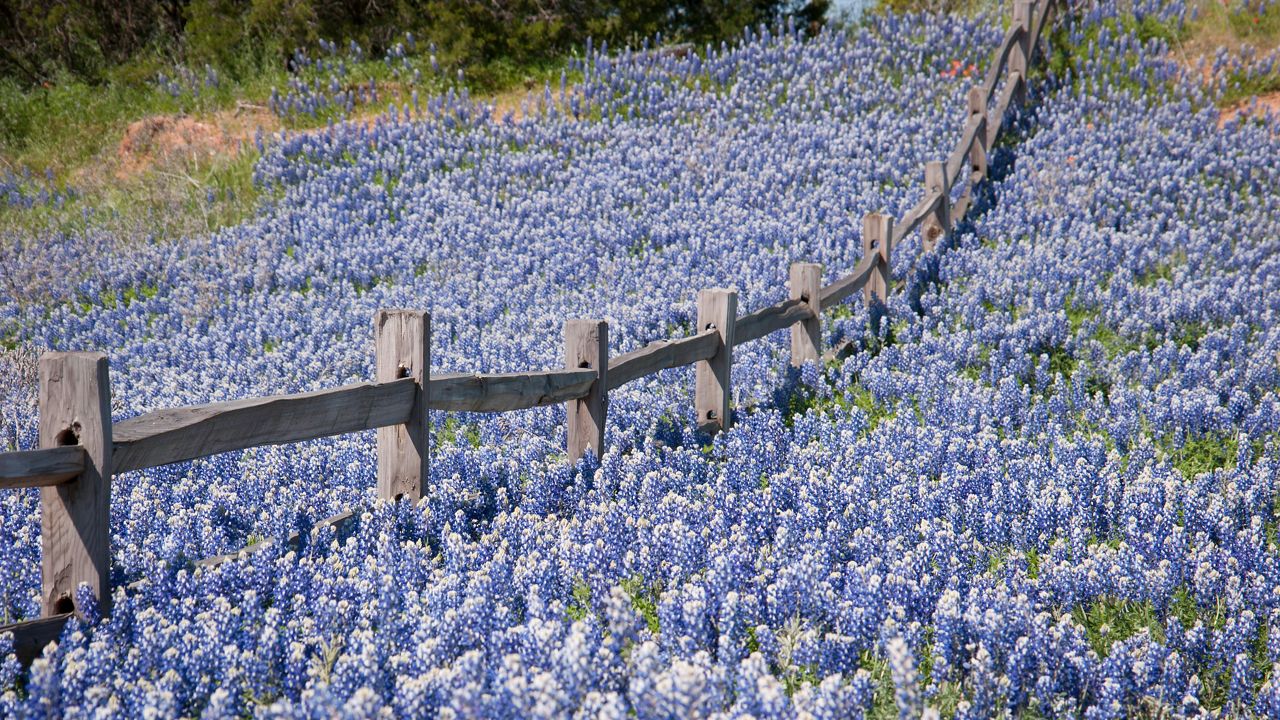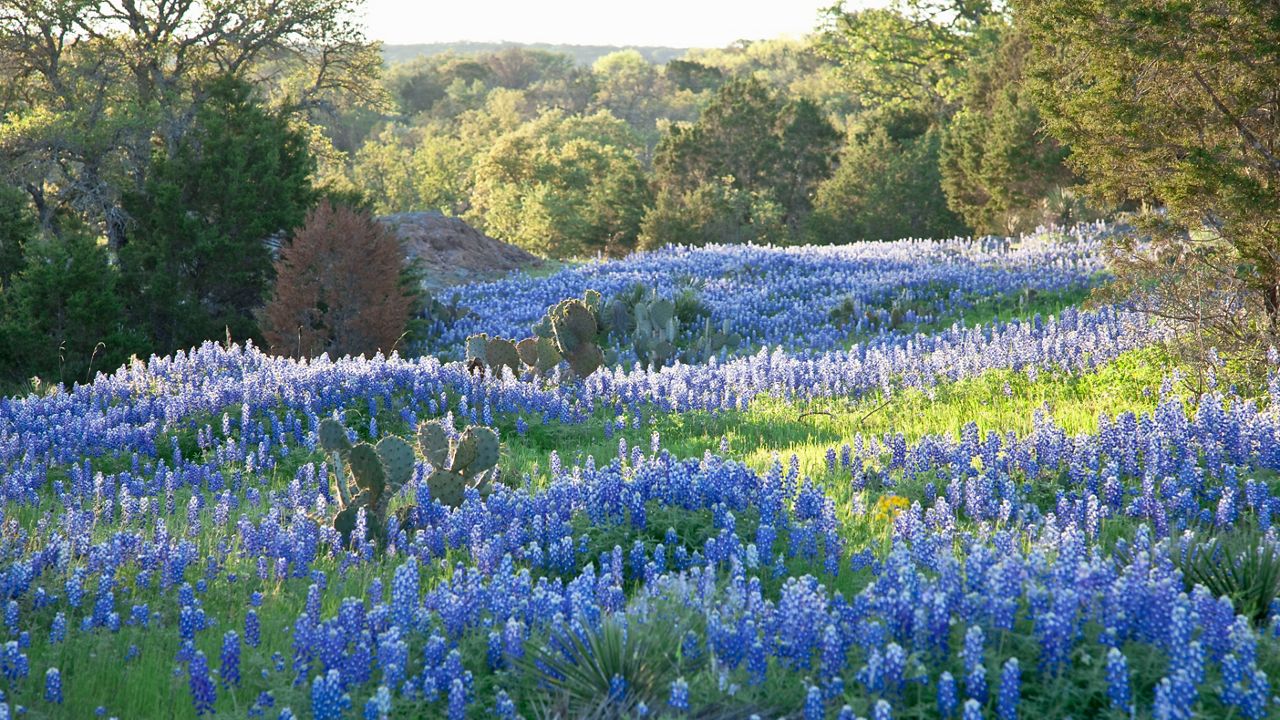TEXAS – While many Texans watched the plants in their yards die following the historic February freeze, horticulturists say there is good news ahead for this year’s wildflower season.
Lady Bird Johnson Wildflower Center gardens manager Samantha Elkinton explains that the snow seen across the state actually helped insulate many of the wildflowers you’ve come to know and love from the storm’s freezing temperatures.
“There was a little concern with the frost, but in reality all of that snow formed like a blanket, so the snow sort of protects the plants,” says Elkinton. “So, if you just have ice then it does more damage, but because we [had] so much snow it kind of keeps the colder winds off of the plants.”
Plants that started budding before the freeze hit may have still lost some blooms. Trees and shrubs that didn’t receive the snow blanket also weren’t as protected – many of those had broken limbs from the layers of ice that built up on braches.
What Factors into a Good Bluebonnet Year?

While bluebonnets mostly managed to escape damage from the freeze, what really determines whether the flower is abundant is how much rain we see in winter months.
Bluebonnets actually sprout in November – you may notice their distinctive leaves on the ground throughout winter. Dry conditions in the months between sprouting and blooming can kill the plants before you ever get to see a flower.
But Elkinton explains that even though we had drier than usual weather in December and January, the warmth we experienced all winter, along with a moist February, point to a decent crop of bluebonnets.
“Now if we’d gotten no rain in February and March, it would stunt them so then we wouldn’t have as good a display, but we had plenty of rain in February and we’re doing fine for March,” says Elkinton.
Viewing Bluebonnets Safely and Responsibly
When people stop on the side of the road for photos with bluebonnets, Elkinton says the first mistake they make is charging into the field. It’s not only bad for the plants, it’s potentially dangerous for people as well.
After the bluebonnet bloom is done, the plants form seed pods that eventually fall to the ground and will create more flowers the following year.
When someone walks through a field of flowers, the plants are trampled and never get to create new seeds for the next year. Elkinton says the empty spots can also ruin the display for other flower watchers.
Another reason to stay out of the flower field: rattlesnakes.
Rattlesnakes in particular enjoy hiding in the height of the wildflowers, and Elkinton says they’re hidden well enough that you won’t see the snake until you’ve stepped on it.
“The practice of putting babies in the middle of bluebonnets is actually very dangerous for the babies and it’s destroying the bluebonnets,” says Elkinton.
More Than Just Bluebonnets: Other Wildflowers to Keep an Eye On

While bluebonnets are a crowd favorite, Elkinton says they are only one of many wildflowers you’ll see throughout spring.
Others include golden groundsel, windflowers, large buttercup, and spider warts. Additionally, the Indian paintbrush and later the Indian blankets. In about a month you will begin seeing flowers like baby blue eyes and dayflowers, and eventually winecups will bloom, too.
“Even if you don’t get a chance to go out and see the bluebonnets, still go on a second or third trip, but a little later in the season. Like April we start to get lots of different colors and lots of different wildflowers,” says Elkinton.
Another plant you might spot while looking at wild flowers is the invasive bastard cabbage. It’s a plant that may look pretty, but Elkinton explains it’s contributing to the decline of native wildflower species.
“It’s more powerful… than bluebonnets so if we don’t start removing that plant we’re going to have fields of bastard cabbage instead of bluebonnets,” she says.
If you notice this plant on your yard, pulling it before it has a chance to seed will keep it from coming back and spreading in future years. If you have bluebonnets in your yard that have yet to bloom, you can even mow over bastard cabbage without hurting the bluebonnets if you set your mower blade high enough.



